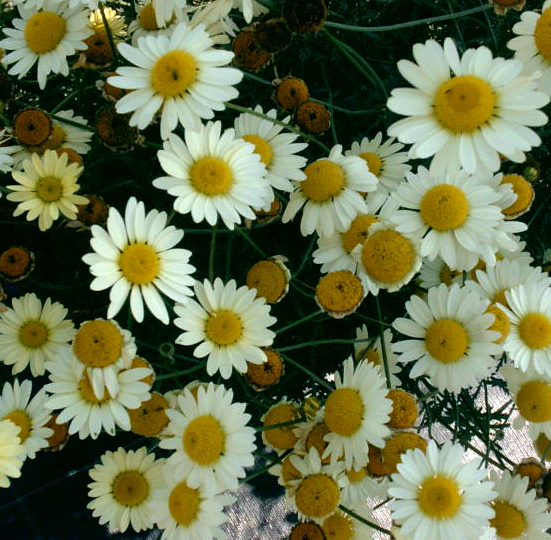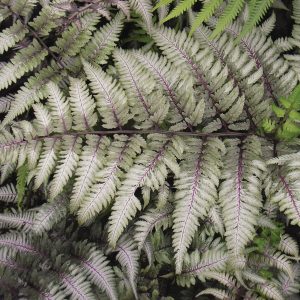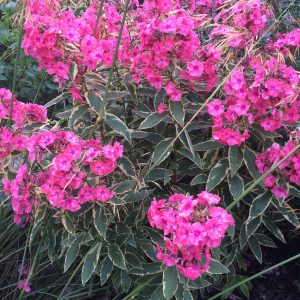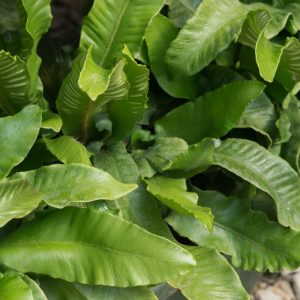Anthemis E C Buxton
Anthemis E C Buxton is a clump-forming, free flowering perennial, with mid-green filigree leaves above and grey beneath.
Well branched stems of attractive lemon-yellow flowers from May to September. Max Height 80cm. Max Spread 80cm. Full sun. Hardy.
MORE
Anthemis E.C. Buxton is not only the name of an English writer and activist but also a plant that belongs to the daisy family. The plant is commonly known as Anthemis tinctoria E.C. Buxton or yellow chamomile. It is a herbaceous perennial plant that is native to Europe and can grow up to two feet tall. The plant has a bright yellow flower that blooms in summer, and its leaves are feathery and finely divided.
The Anthemis tinctoria E.C. Buxton is a versatile plant that can grow in a variety of soil types, including clay, loam, and sandy soils. It prefers full sun but can tolerate some shade. The plant is drought tolerant and can grow in dry conditions, making it an ideal plant for arid regions. It is also deer resistant, which makes it an excellent choice for gardens and landscapes.
One of the most notable features of Anthemis tinctoria E.C. Buxton is its medicinal properties. The plant has been used for centuries in traditional medicine to treat a variety of ailments. It is believed to have anti-inflammatory, antispasmodic, and sedative properties. The plant has been used to treat headaches, anxiety, and insomnia. The flowers of the plant can be used to make tea, which is believed to have a calming effect on the body.
Anthemis tinctoria E.C. Buxton is also used in the cosmetic industry. The plant contains compounds that have anti-inflammatory and antioxidant properties, making it an ideal ingredient in skincare products. It is commonly used in creams, lotions, and soaps to soothe irritated skin and reduce inflammation.
In addition to its medicinal and cosmetic properties, Anthemis tinctoria E.C. Buxton is also used in the culinary industry. The flowers of the plant can be used to flavor soups, stews, and salads. The plant has a bitter taste and is commonly used as a substitute for saffron. It is also used to make a herbal tea that is believed to aid digestion.
Anthemis tinctoria E.C. Buxton is a popular plant in gardens and landscapes. It is often used as a border plant or as a filler in garden beds. The plant is easy to grow and maintain and adds a bright pop of color to any garden. The flowers of the plant are attractive to bees and butterflies, making it an excellent plant for pollinator gardens.
In conclusion, Anthemis tinctoria E.C. Buxton, also known as yellow chamomile, is a versatile plant that has medicinal, cosmetic, and culinary uses. It is easy to grow and maintain and adds a bright pop of color to any garden. The plant’s anti-inflammatory, antispasmodic, and sedative properties make it an excellent choice for traditional medicine, while its anti-inflammatory and antioxidant properties make it an ideal ingredient in skincare products. Its bitter taste and ability to aid digestion make it a popular herb in the culinary industry. The plant is a valuable addition to any garden or landscape and offers numerous benefits to those who cultivate it







Reviews
There are no reviews yet.